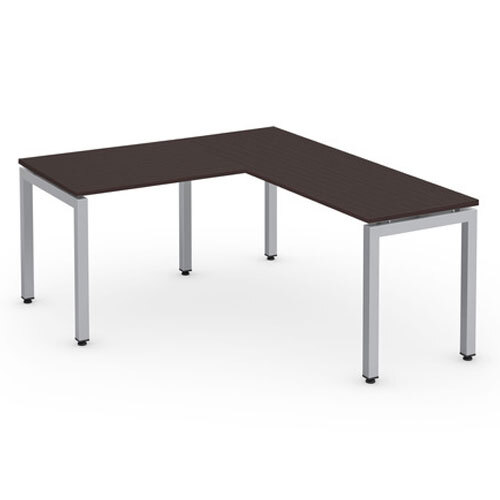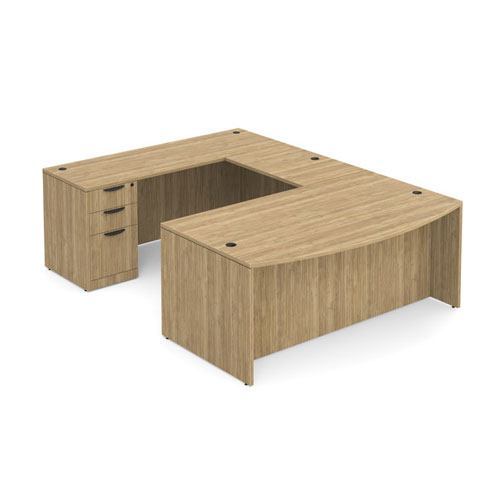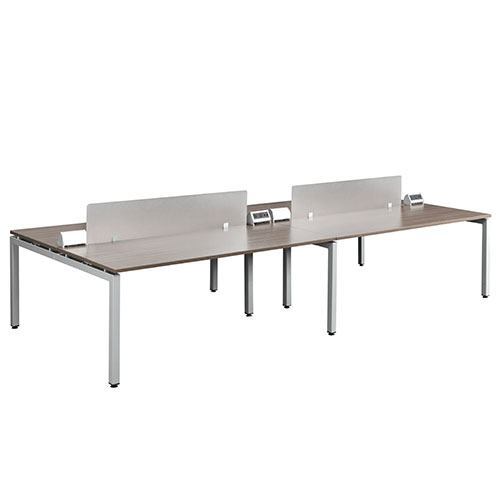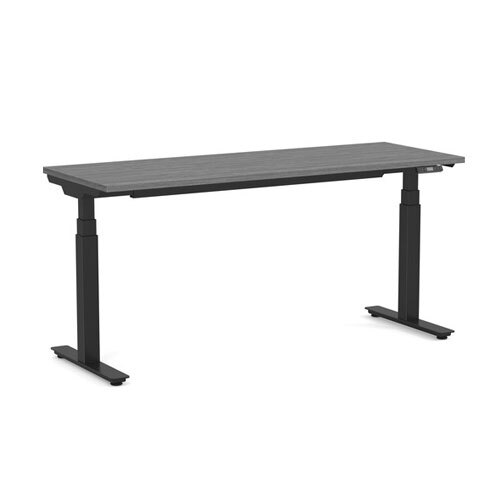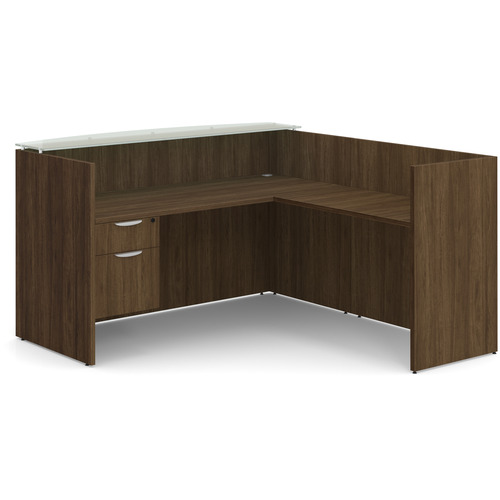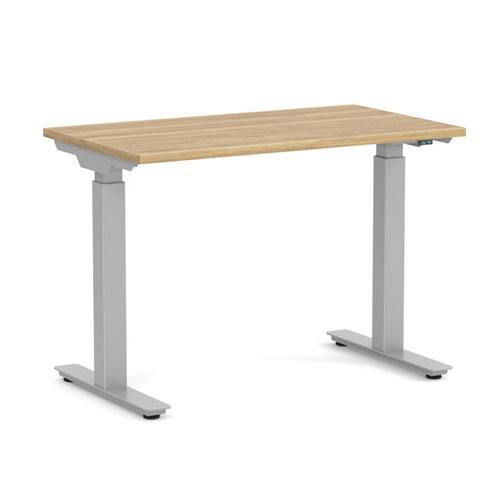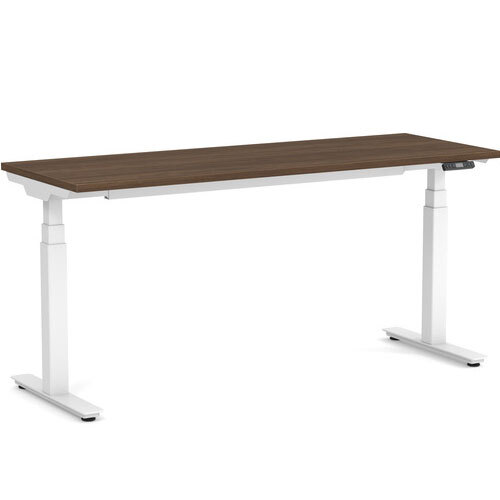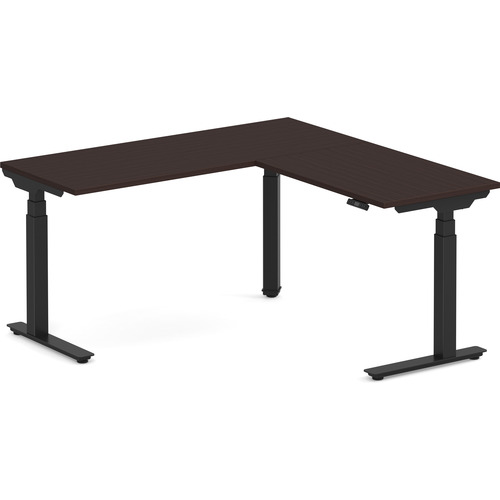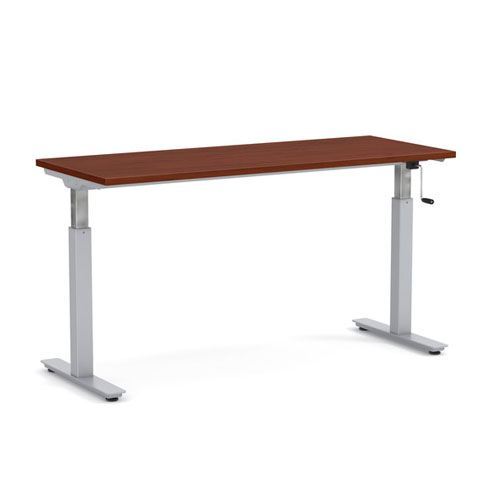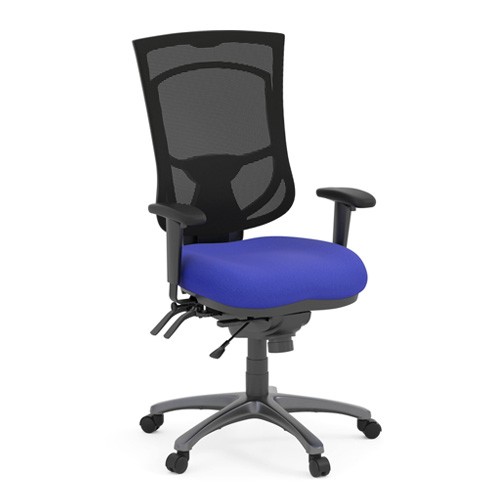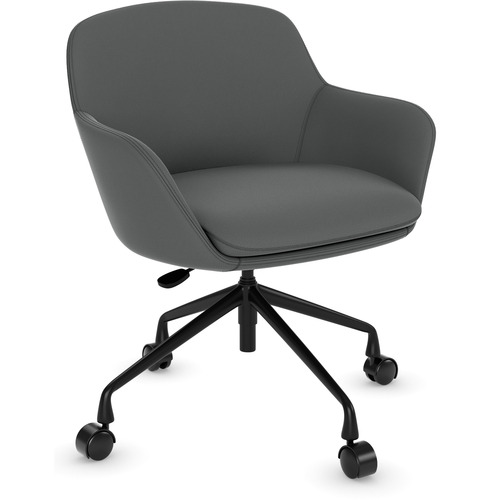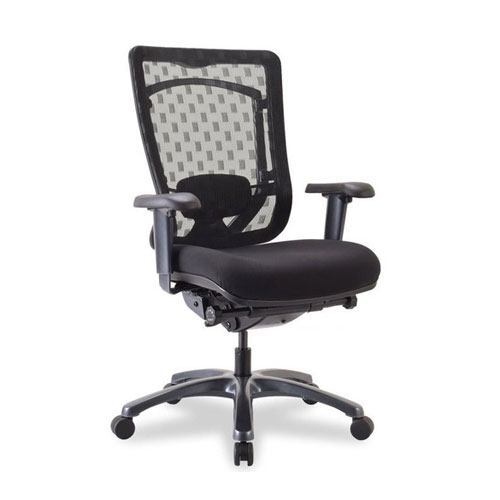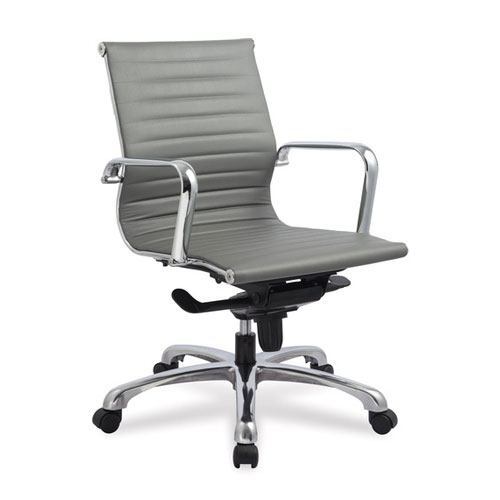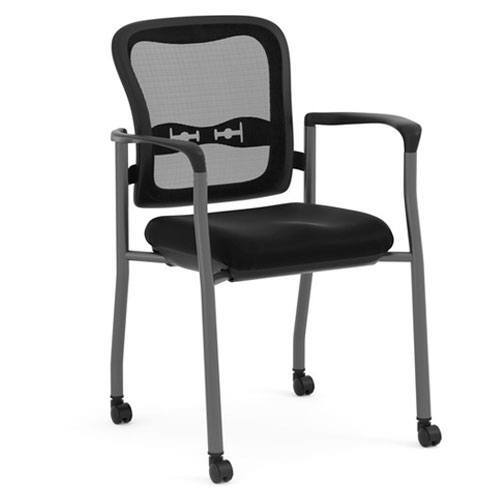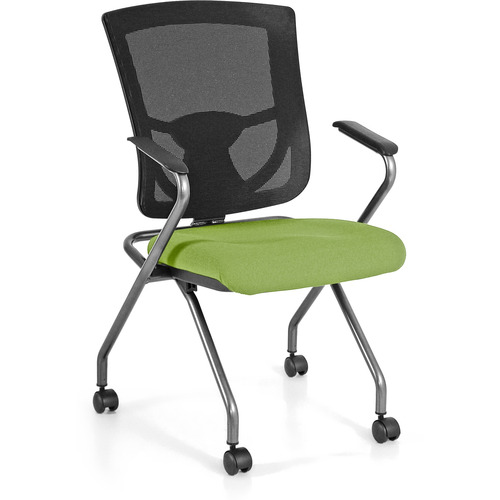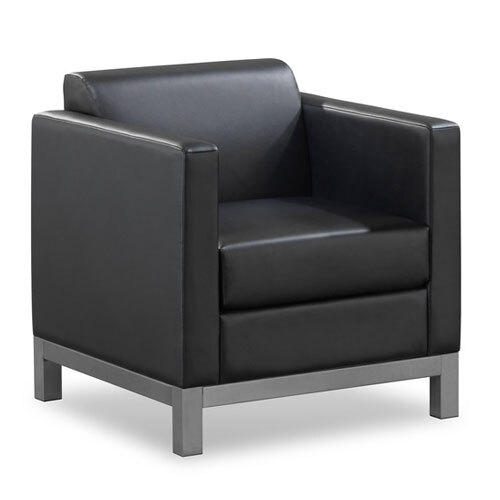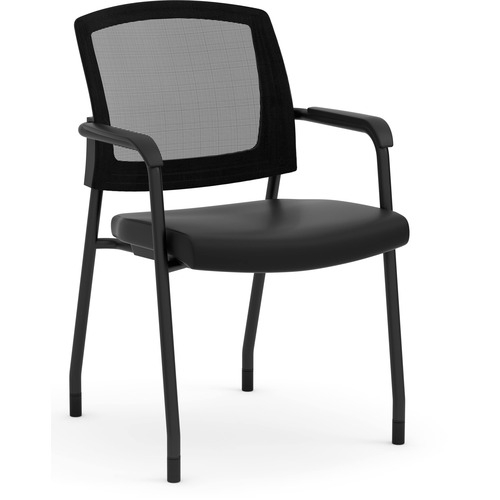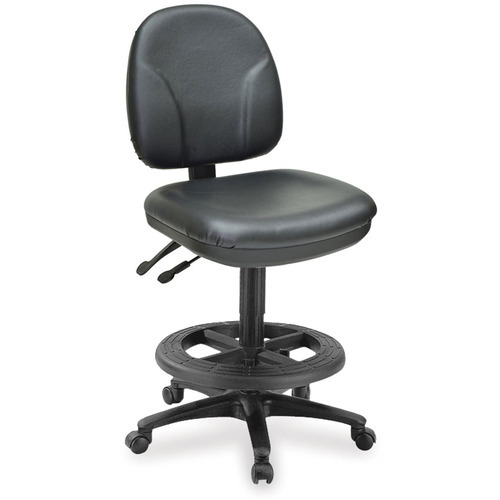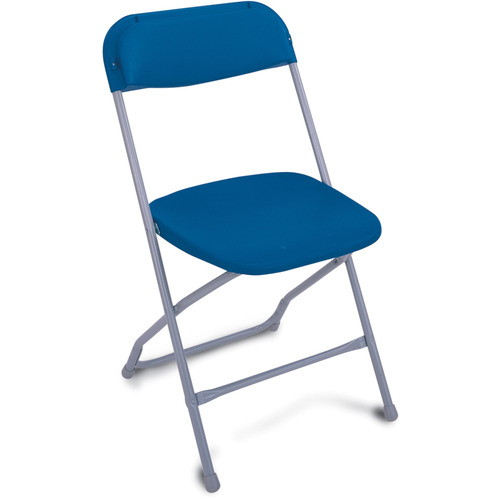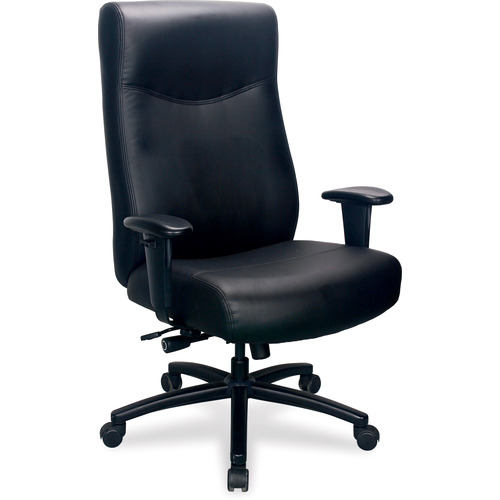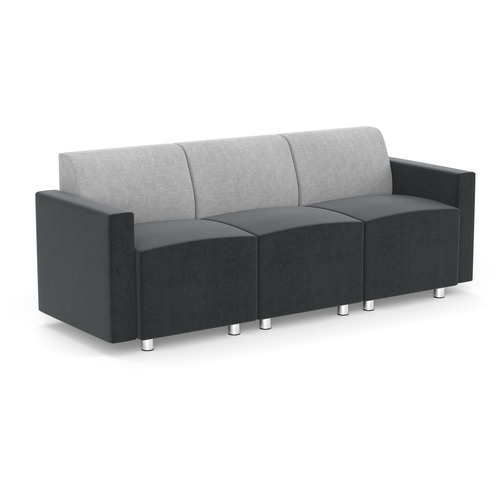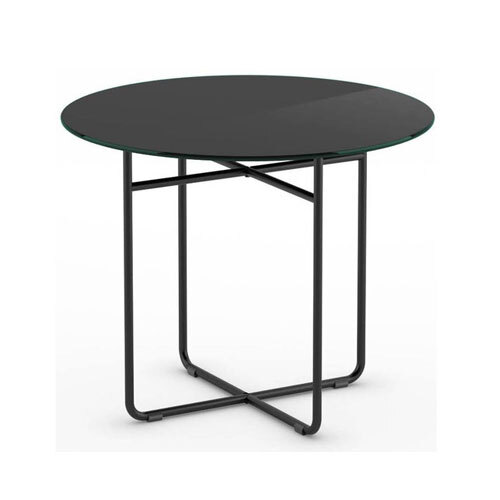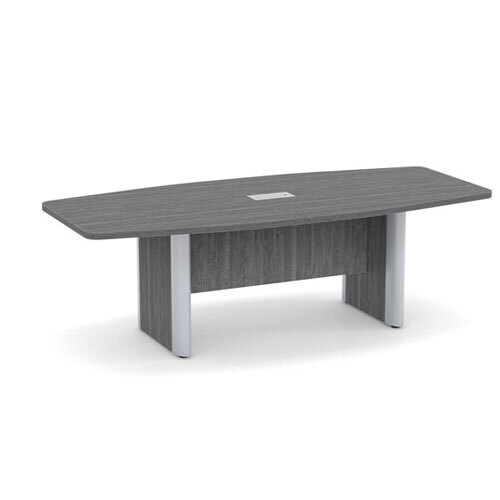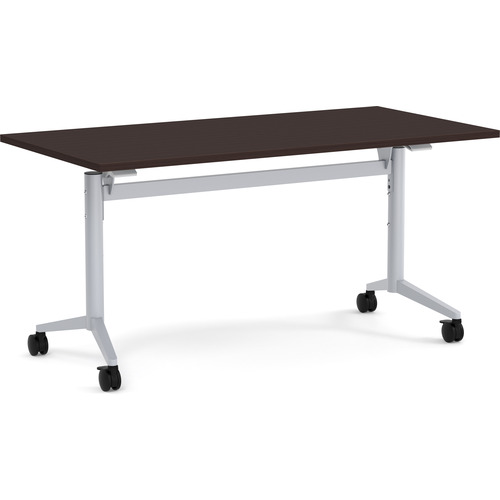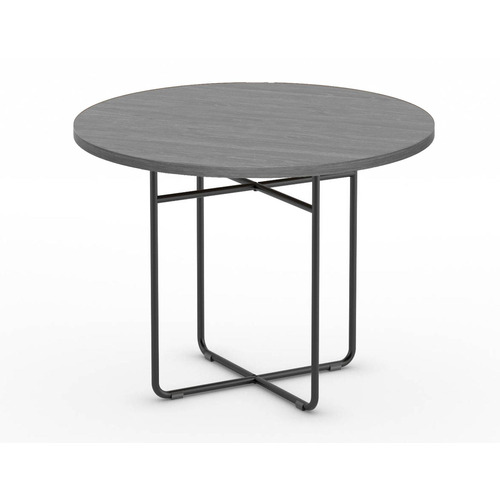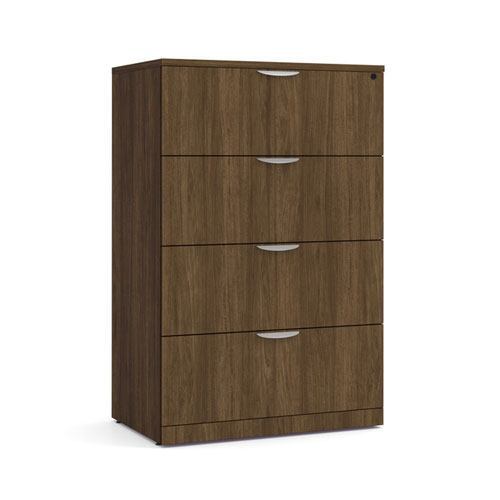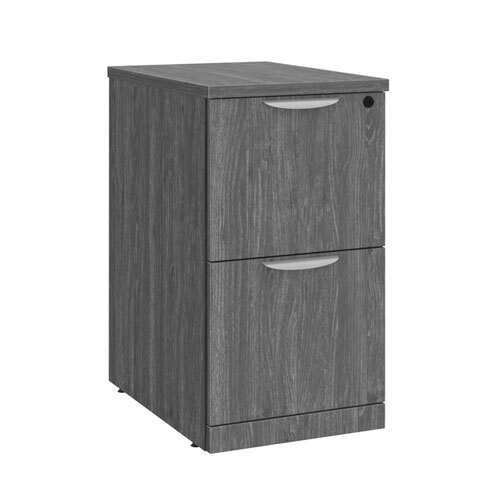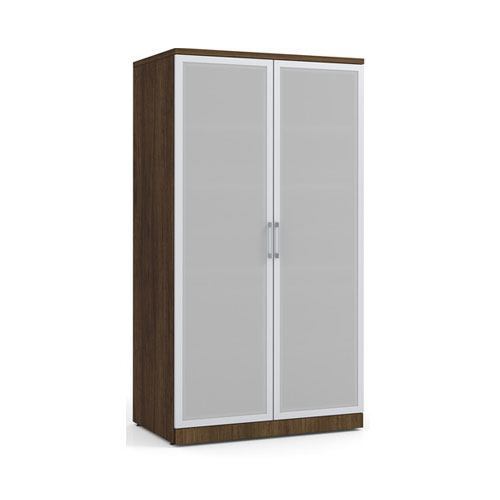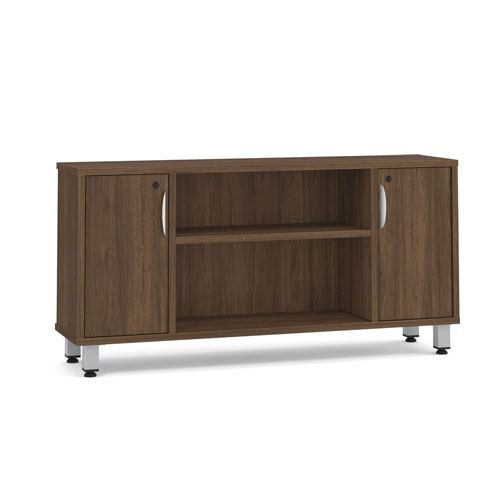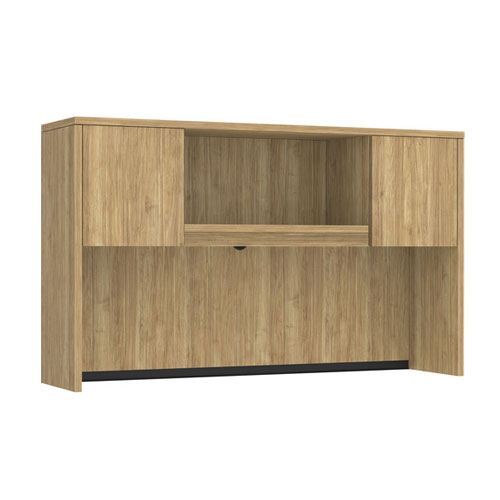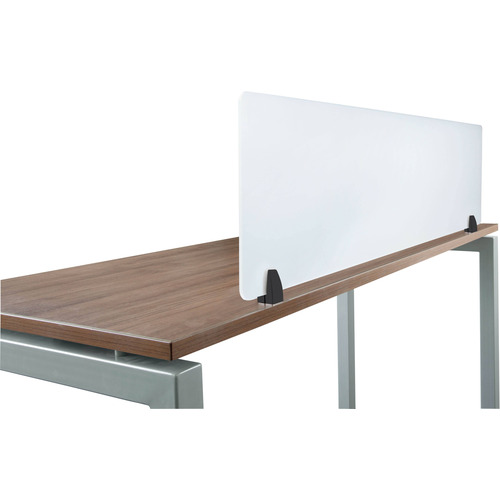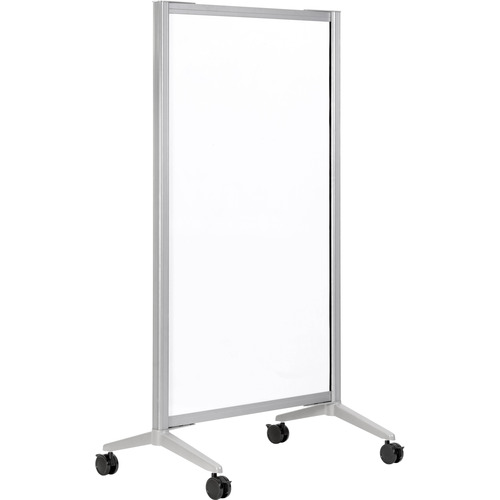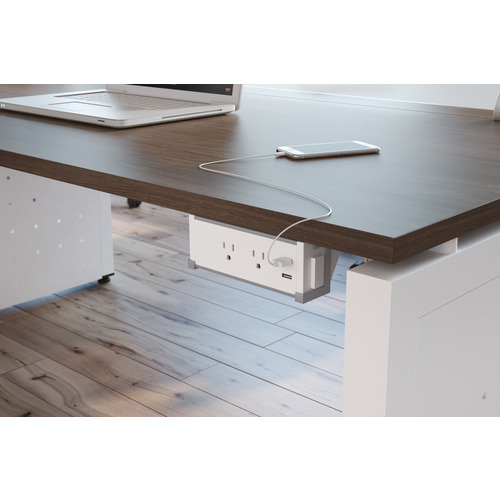Striking a Balance: Navigating Meetings and Online Communication for Efficient Workplace Collaboration

Striking a Balance: Navigating Meetings and Online Communication for Efficient Workplace Collaboration
Time is valuable to every business, and so is communication. Achieving a balance of both usually requires on-going evaluation and discussions about workplace best practices: what works and what doesn’t?
Meetings are commonly found at the top of that list.
Meetings are what most workplaces revert to for communication, making important decisions, and bringing the team together. They can make staff members feel connected and involved in decision-making processes, which can ultimately lead to greater employee satisfaction.
In some cases, however, an email and other communication methods, like asynchronous tools, can effectively communicate information and updates to your team outside of meetings.
Together, meetings and online communication tools create well-informed teams, making collaboration easy and seamless. But how can you tell which form of communication will be better for your team?
Things to Consider When Planning a Meeting
Is There an Agenda?
Agendas serve as a guideline that keeps meetings focused, purposeful, and efficient. Setting an agenda can also give attendees an idea of what to expect, how to prepare, and what action items they can look out for. This simple but effective step can propel your team and project forward towards a desired outcome.
If you’re having trouble creating an agenda for your meeting, this may indicate the meeting doesn’t have a focus point and you may want to consider sending an email or company memo instead. This communication method is great for simply sharing updates and information or giving feedback.
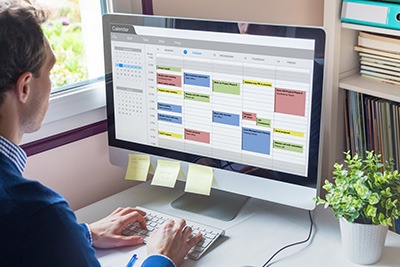
How Many People Need to Attend?
A common mistake people make when organizing a meeting is having too many attendees. Having the right number of people can keep attendees engaged, while empowering individuals to share their ideas or concerns. This leads to a more meaningful level of collaboration that is beneficial to everyone involved. For your next meeting, try only inviting attendees who will benefit most from hearing the material and would have ideas to contribute.
Is This a Reoccurring Meeting?
Reoccurring meetings are a great way to stay up to date with members of your team, creating opportunities to talk about any on-going projects and tasks. However, it’s important to take some time to review your recurring meetings on a regular basis. Reviewing these ongoing meetings ensures that they remain relevant, purposeful, and aligned with current objectives and priorities. You may find some meetings no longer serve a purpose and can be removed from everyone’s calendars.
Does a Decision Need to Be Made?
If a decision needs to be made, meetings are highly effective. Meetings facilitate real-time interactions and discussions among participants. This immediate exchange of ideas, perspectives, and feedback can lead to quicker and more informed decision-making compared to back-and-forth communication via email. This also gives participants the space to ask questions, seek clarification, and clear up misunderstandings in a quick and efficient setting.
If you’re simply relaying information or updates to your team, consider sending an email instead.
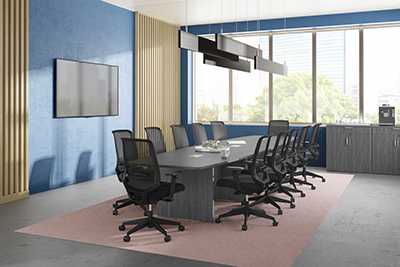
Meeting Furniture to Support Your Team
If you’ve determined that hosting a meeting is the best course of action, having the right meeting furniture in your office can help facilitate effective collaboration among your team members. In addition to choosing the right office furniture, you also want a layout that encourages open dialogue and the exchange of ideas between colleagues.
Boardroom Furniture
Boardrooms are a tried-and-true office space for strategic planning and decision making. Boardroom furniture, such as conference tables, boardroom chairs, and accessories, are key components of every functional boardroom, supporting your team as they collaborate.
When choosing a conference table, consider the size of your boardroom, how many people you’d like to accommodate, and how your team collaborates. These considerations can determine the size and shape of your conference table, each type having its own set of benefits that can positively impact your meetings.
For boardroom chairs, consider options that are comfortable, stylish, and mobile. These factors can help your team collaborate seamlessly while together in the same room.
Lastly, accessories like power modules can make connectivity easy by making power outlets and data ports more easily accessible.
Casual Meeting Sapces
Providing your team with areas to meet outside of the boardroom can promote a stronger sense of teamwork and communication. In these spaces, your team can collaborate using flexible seating areas and casual meeting tables that take the formality out of meetings.
If you’re not sure how to incorporate collaborative spaces in your office, we’re happy to offer free space planning services that help you make the most out of every part of your office.
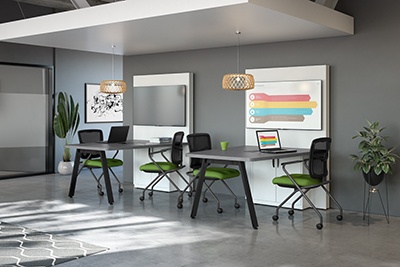
Keep Your Team Connected Outside of Meetings with Asynchronous Tools
Asynchronous tools help build more informed and efficient teams by allowing team members to communicate instantly without having to meet in person. These tools are perfect for teams who have multiple projects on the go and whose members can’t always work on the same projects at the same time. They are designed to facilitate collaboration and communication among team members, while allowing individuals to work at their own pace. Although people can work asynchronously, these tools update in real time so that everyone can view the most up-to-date content.
1) Emails
Unlike real-time communication channels like phone calls or instant messaging, emails provide the flexibility for recipients to respond at their convenience. This allows individuals to manage their time effectively, prioritizing tasks and responding when they can give thoughtful answers.

2) Project Management Software
Give project overviews, delegate tasks, and set deadlines in one place with project management software like Asana, Monday, Basecamp, and more. This will give your team up-to-date information about the progress of a project, while outlining important due dates and timelines so that everyone is on the same page.
3) Document Sharing Platforms
Access and collaborate on important documents and spreadsheets with document sharing platforms like Sharepoint, Google Drive, and more. These platforms allow multiple team members to make changes and instantly saves them in real-time.
4) Communication and Messaging
Messaging tools like Teams or Slack help your team stay in contact all day long. This is perfect for short updates, small questions, and sharing information that doesn’t require a full email or video call.
If you’re ready to create a collaborative environment in your office, Source Office Furniture can help with office furnishings that support your team, no matter how they like to collaborate. Get started by contacting your nearest location today.


